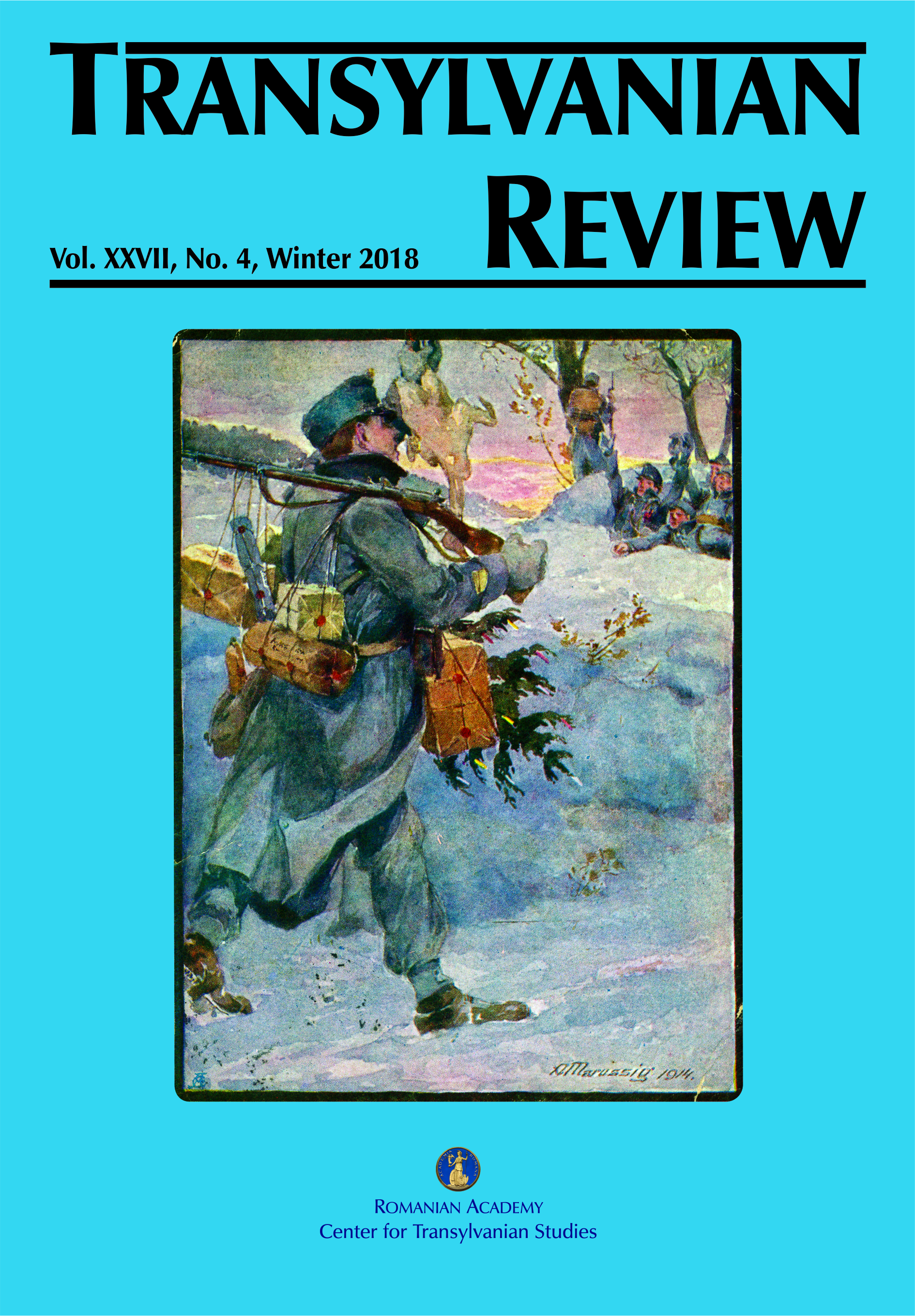Utopia and Uchronia: From Thomas More to H. G. Wells
Utopia and Uchronia: From Thomas More to H. G. Wells
Author(s): Lucian-Vasile SzaboSubject(s): Philosophy, History of Philosophy
Published by: Academia Română – Centrul de Studii Transilvane
Keywords: utopia; dystopia; uchronia; Thomas More; H. G. Wells; science fiction;
Summary/Abstract: The purpose of this study is to identify some general characteristics of utopia (or dystopia) as compared to uchronia. While Thomas More succeeded in giving firm contours to the spatial utopia, H. G. Wells was the author who reconfigured the geography of possible worlds in a temporal succession. Both authors would make use of the theme of travel, thus giving the readers the opportunity to understand their works as both a literary adventure and as an adventure of knowledge. The relationship between utopia (dystopia) and uchronia is a complex one, but one characteristic is evident: utopia can be constructed as a distinct topos, as a functional society, by making use of spatial elements. The uchronic topos is completely dependent on the spatial dimensions, as is the utopic one, but in order for it to take shape the utopic (dystopian) perimeter needs to have already been established, and then placed on a temporal axis. The contextual analysis of the ideas developed in Utopia and The Time Machine reveals elements that indicate interferences between two genres: utopia and science fiction. Thus the capacity of utopia (and also dystopia and uchronia) to function as a space of debate and reflection on the problems of today (the curent present) becomes evident. Yet the imaginary worlds (some of them can also be ideal), parallel or chronological, are coherent as convergent or divergent narratives.
Journal: Transylvanian Review
- Issue Year: XXVII/2018
- Issue No: 04
- Page Range: 126-136
- Page Count: 11
- Language: English

